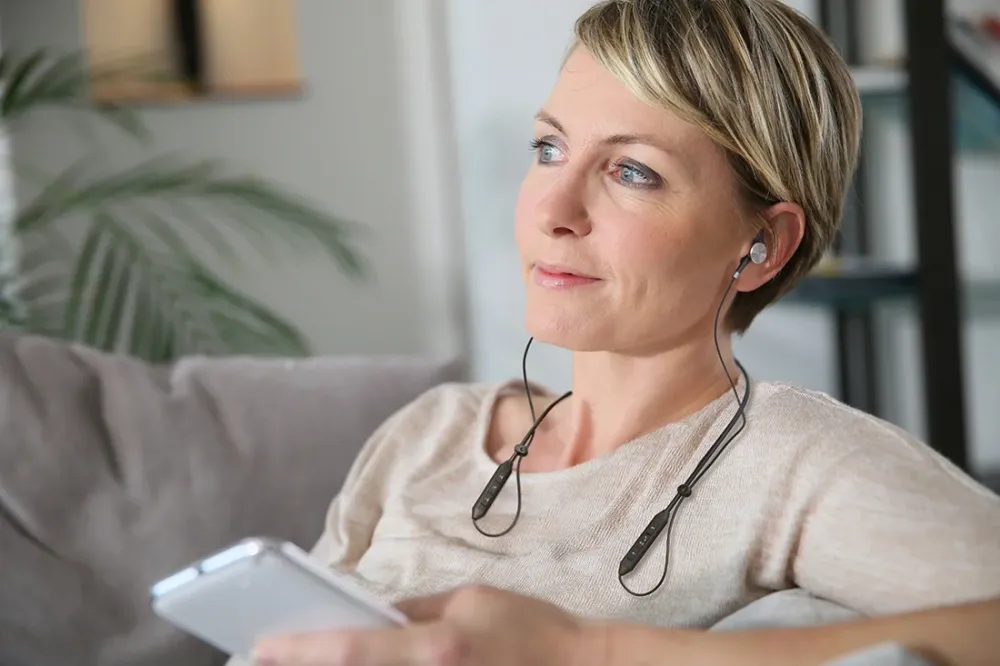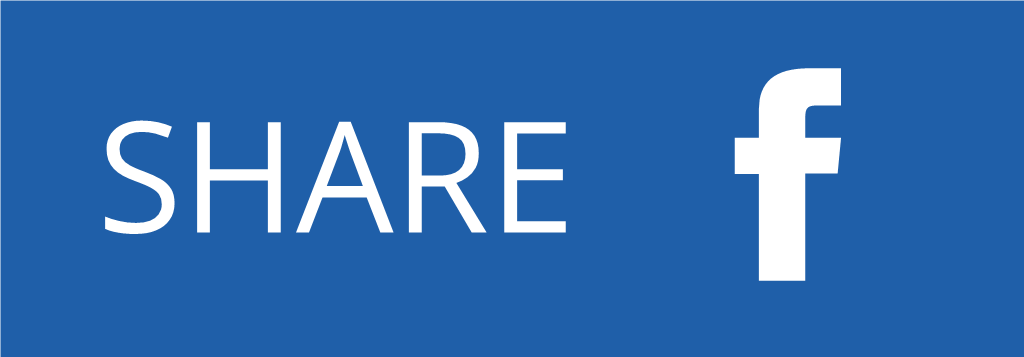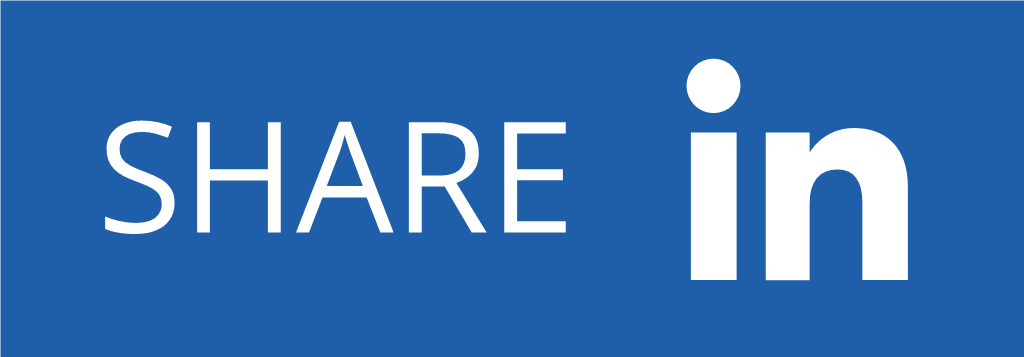Posted by Alexander Goldin

| Hearing loss is a major public health issue that is the third most common physical condition after arthritis and heart disease. The facts about hearing loss are very disappointing:
The good news is that 95% of people with hearing loss can be helped by hearing aids. The bad news is that
The facts tell us that hearing aid industry has, so far, failed to deliver a solution to more than 1 billion users who badly need it. Something is wrong with the approach when people need to pay a lot of money for a relatively simple devices with limited functionality and performance that (they may think) make them looking older and handicapped. In our age of great technological development there should be an alternative way. At Hearing Loss Association of America Convention in Salt Lake City this (2017) year, I made a presentation with the same title as this article. I started from the history of hearing aids from prehistoric times and to the modern times of fully digital, “made for iPhone” devices. I compared the hearing aids history with the history of mobile phones to show that we shall expect an imminent change in the approach for creating hearing enhancement devices. We would no longer call the new type of devices “hearing aids”. We can call them Hearables, but I proposed the name Personal Hearing Products (PHP). PHPs are Consumer Electronics products that combine personal hearing enhancement with voice calls, music listening and personal assistance. I predicted that this devices would by stylish, affordable and easy to use. Hearing aids will remain for people who prefer invisible devices or when their hearing loss cannot be treated by air-conduction hearing aids. You can watch my presentation on Youtube or contact me to download it. |

